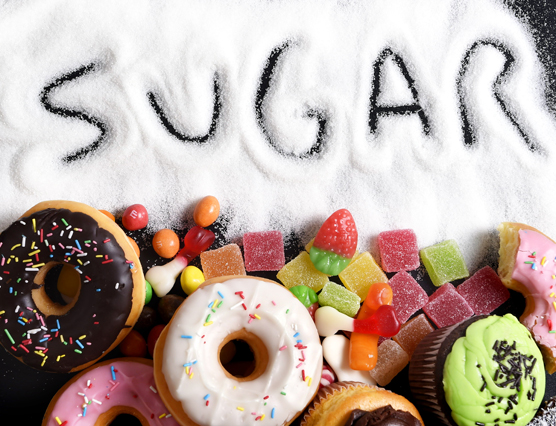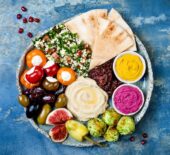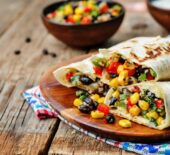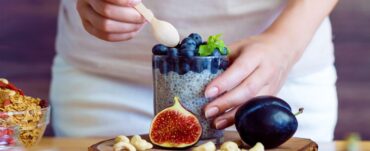Did you know it does matter where your sugar comes from? If you jump on board the 'all carbohydrates are the devil' band wagon this could leave you missing out on many foods essential to your health.
The World Cancer Research Fund has published recommendations for adults and children to limit free sugar which is added sugar to products but also includes sugars naturally present in honey, syrups, fruit juices and fruit concentrates. Free sugar does NOT include sugars naturally found in food or naturally occurring in milk products or milk.
It is recommended to limit free sugars to less than 10% of total daily energy or kilojoules or calories, which is the same as 12.5 teaspoons of sugar for a 2000 calorie or 8364 kilojoule diet. For optimal health it is recommended to eat or drink no more than 5% of total energy daily from added sugar or equal to approximately 6 teaspoons of sugar daily. What would blow the sugar allowance? A 500ml Coke is the equivalent of 13 teaspoons of sugar!
Before you go and cut out every type of sugar from your diet, remember sugar alone is not the enemy. It is the sugar added or within food or drinks which have little to no nutritional value. The body needs foods and drinks which contain sugar for health. Fruit for example contains fructose, a type of sugar but also contains many essential vitamins and minerals for optimal function of the body. This is why the Australian Dietary Guidelines recommend adults eat 2 servings of fruit a day. The type of sugar which wants to be limited is the fruit juice and concentrates which for a large percentage have added sugar.
Lactose is another example of an important sugar found in dairy foods. This sugar is linked to foods and drinks which contain calcium, a vital nutrient for health. Without adequate calcium the bones in our body become weak, our heart can be effected to mention only two. This is the Australian Dietary Guidelines recommend low to no added sugar sources of milk and milk products for people over the age of 2 years. It is recommended girls between 13-18 years have 3.5 servings of calcium a day, women aged 18-50 years have 2.5 servings a day and women over the age of 51 increase this to 4 servings a day. If you are confused what a serving is can be 200ml milk, 200g yoghurt, two 40g (or matchbox size) or cheddar cheese or half a cup of ricotta cheese.
When deciding what to buy at the supermarket look for products which contain no more than 15g of sugar per 100g. You can find this on the most right column of food labels. The key is to take the time to look what is in the food, checking if sugars is not high on the ingredients list. Ingredients are listed in ranking from the highest to the lowest in amount. Other names for sugar can be dextrose, fructose, glucose, golden syrup, honey, maple syrup, golden syrup, sucrose, malt, maltose, lactose, brown sugar, caster sugar, raw sugar and sucrose.
Take home message: Remember all sugar is not the enemy! The need to include whole foods like fruits, vegetables and milk and milk products in the diet are important for health, to be active and live with quality of life.
References:
1. Wellfare AIoHa. AIHW Australia: Australian Institute of Health and Wellfare; 2015 [cited 2015 8/8/2015]. Available from: http://www.aihw.gov.au/overweight-and-obesity/.
2. International WCRF. Curbing Global Sugar Consumption London: WCRF International; 2015 [cited 2015 8/8/2015]. Available from: http://www.wcrf.org/int/policy/our-policy-work/curbing-global-sugar-consumption?utm_source=World+Cancer+Research+Fund+International+email+list&utm_campaign=9b8a99a8f6-Policy_sugar_brief_mailing5_18_2015&utm_medium=email&utm_term=0_8e546f8c30-9b8a99a8f6-163857177.
3. Australian guide to healthy eating. Journal of the Home Economics Institute of Australia. 2013;20(1):7. https://www.nrv.gov.au/nutrients/calcium








